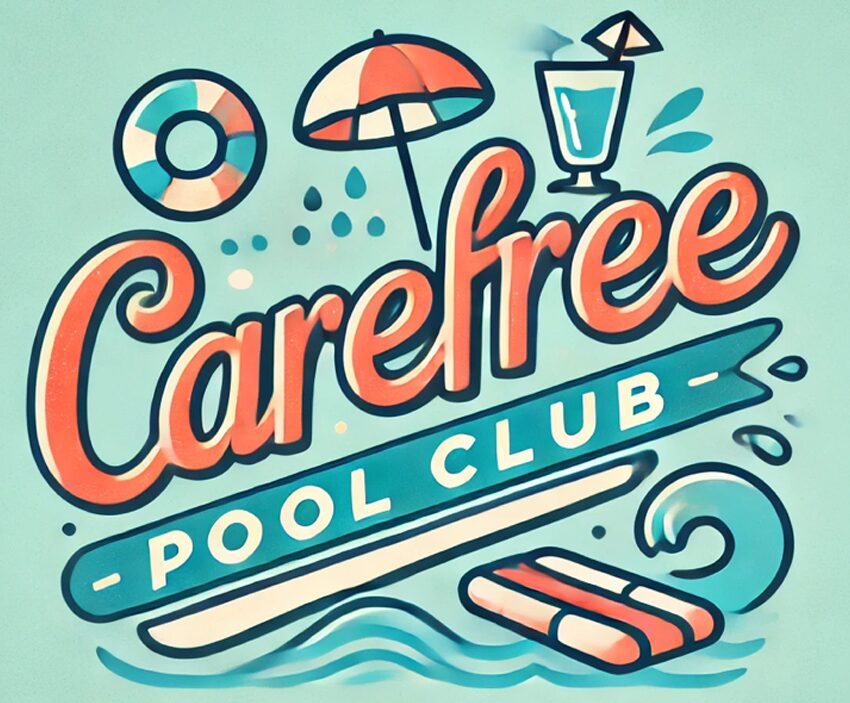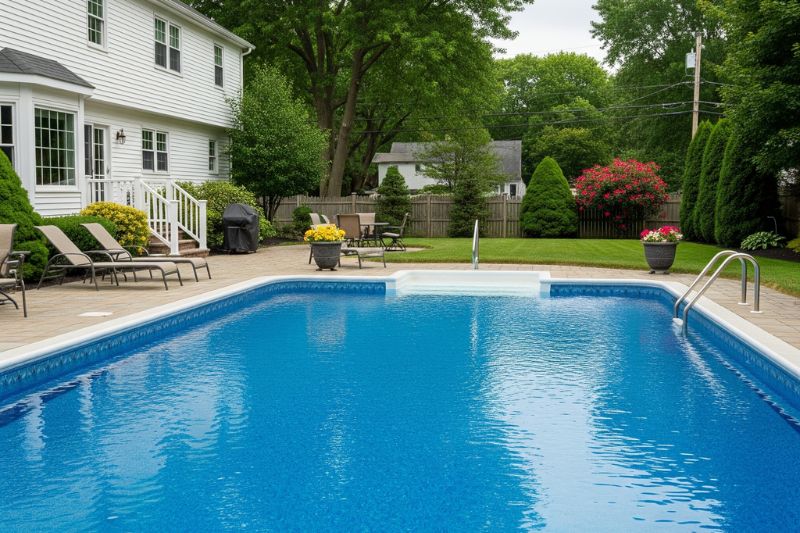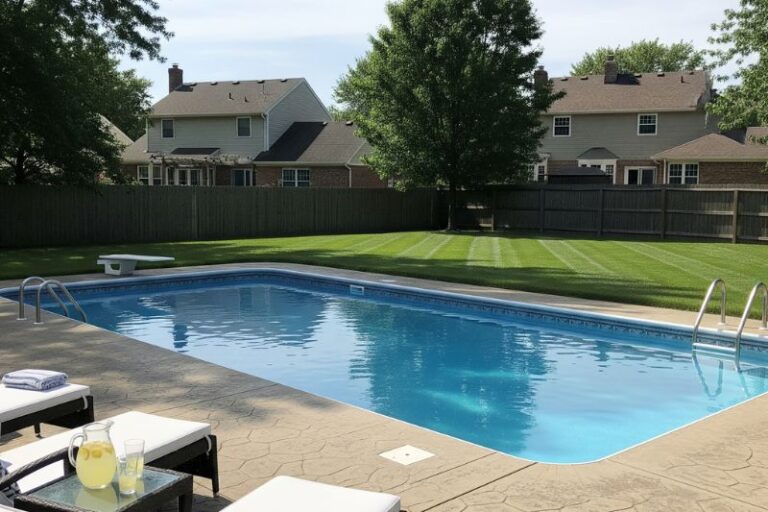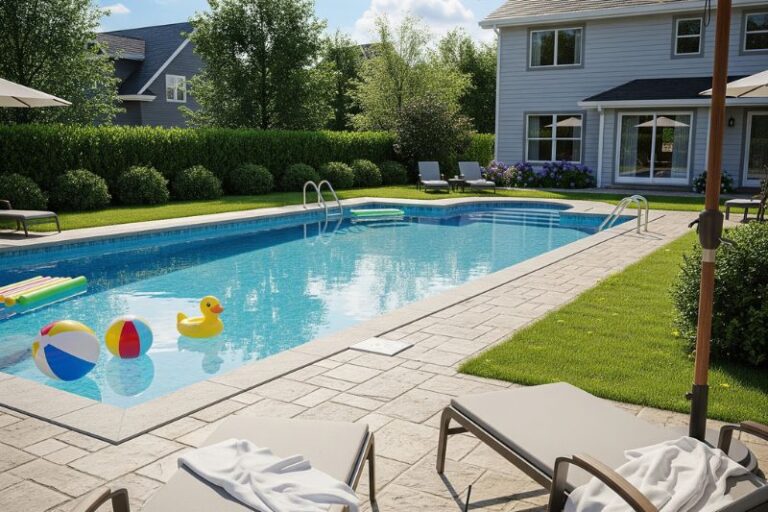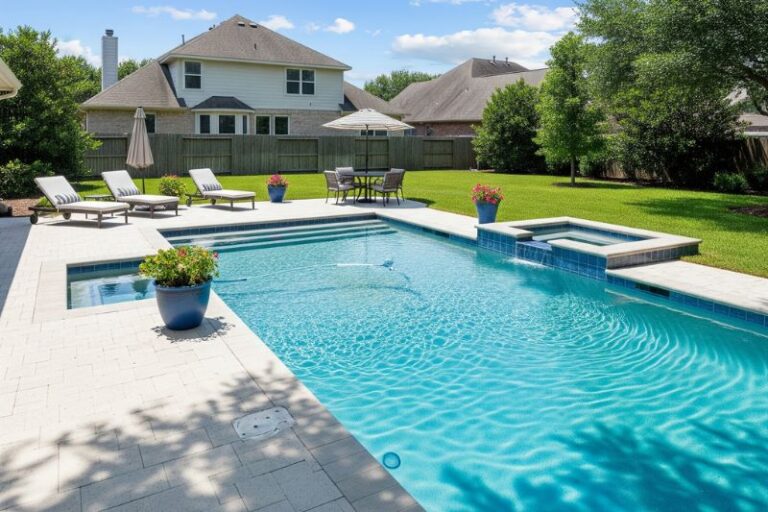They said they shocked the pool. They said the filter was running. They said, “We tested it three times!” But there it was again. That slimy green hue creeping along the floor of the deep end. This wasn’t a chemistry mistake. This was a full-blown whodunit.
Chapter One: The Clues
Our case began on a humid Tuesday. The homeowner insisted they had done everything right. Chlorine? Added. Vacuumed? Every other day. Filter? Running 12 hours a day, supposedly. But the water didn’t lie. It was green. Suspiciously green.
What we observed:
- Chlorine levels were bouncing up and down
- pH seemed fine on paper
- Water looked clear for a day or two, then turned again
- A faint musty smell around the steps
So if the chemistry was right, why was algae winning?
Chapter Two: The Interrogation
The pool owner was confident.
“I check the water every day.”
“I backwash every week.”
But when pressed further, the story cracked.
“When’s the last time you cleaned your filter thoroughly?”
“Well… I mean, backwashing should be enough, right?”
And there it was. The first confession.
Backwashing is not the same as deep cleaning. Sand and cartridge filters can hold onto fine particles and organics that feed algae. Over time, a dirty filter stops filtering.
We dug deeper.
“When did you last scrub the walls?”
“Do I need to? I vacuum it.”
Another clue. Brushing is non-negotiable. Algae clings to walls and hides in corners where vacuums can’t reach.
Chapter Three: The Forensics
We ran a full panel water test. This time, with a digital tester. The results were eye-opening:
- CYA (stabilizer): Over 100 ppm
- Free chlorine: 0.5 ppm
- Total chlorine: 2.5 ppm
- pH: 7.6
That gap between free and total chlorine told us something important. Chlorine was getting “used up” but not killing anything. Classic sign of chloramine buildup and poor sanitation.
Also, with stabilizer that high, chlorine was essentially blindfolded. It couldn’t work fast enough to prevent algae.
Chapter Four: The Scene Recreated
To really understand the mess, we walked through the homeowner’s routine:
- Test strips every 2 days (not always accurate)
- One chlorine tablet in the skimmer (slow and uneven dosing)
- Backwash once a week (no full clean)
- Shock every 2 weeks (not nearly enough)
Add to that a stabilizer level way over the limit and a filter that hadn’t been deep cleaned in over a year, and we had our motive.
Chapter Five: The Real Fix
The solution wasn’t fancy. It was just honest work.
- Step 1: Drain 25 percent of the pool to lower CYA
- Step 2: Deep clean the filter with a proper degreaser or hose it thoroughly
- Step 3: Brush all pool surfaces, even behind ladders
- Step 4: Shock the pool with a high dose of unstabilized chlorine
- Step 5: Maintain chlorine at 3 to 5 ppm for 5 straight days
- Step 6: Retest and balance pH, alkalinity, and chlorine daily
We also ditched the test strips and moved the homeowner to a drop-based kit. No more guessing.
Chapter Six: The Algae Confesses
After 48 hours, the green faded. By day three, the water sparkled. The filter wasn’t screaming anymore. The pool was back.
And the owner? They finally admitted that their “everything right” might have skipped a few chapters.
So next time your water turns green, don’t blame the heat or the neighbors. Look closer. The algae is always guilty. But you might be its accomplice.
Case closed.
